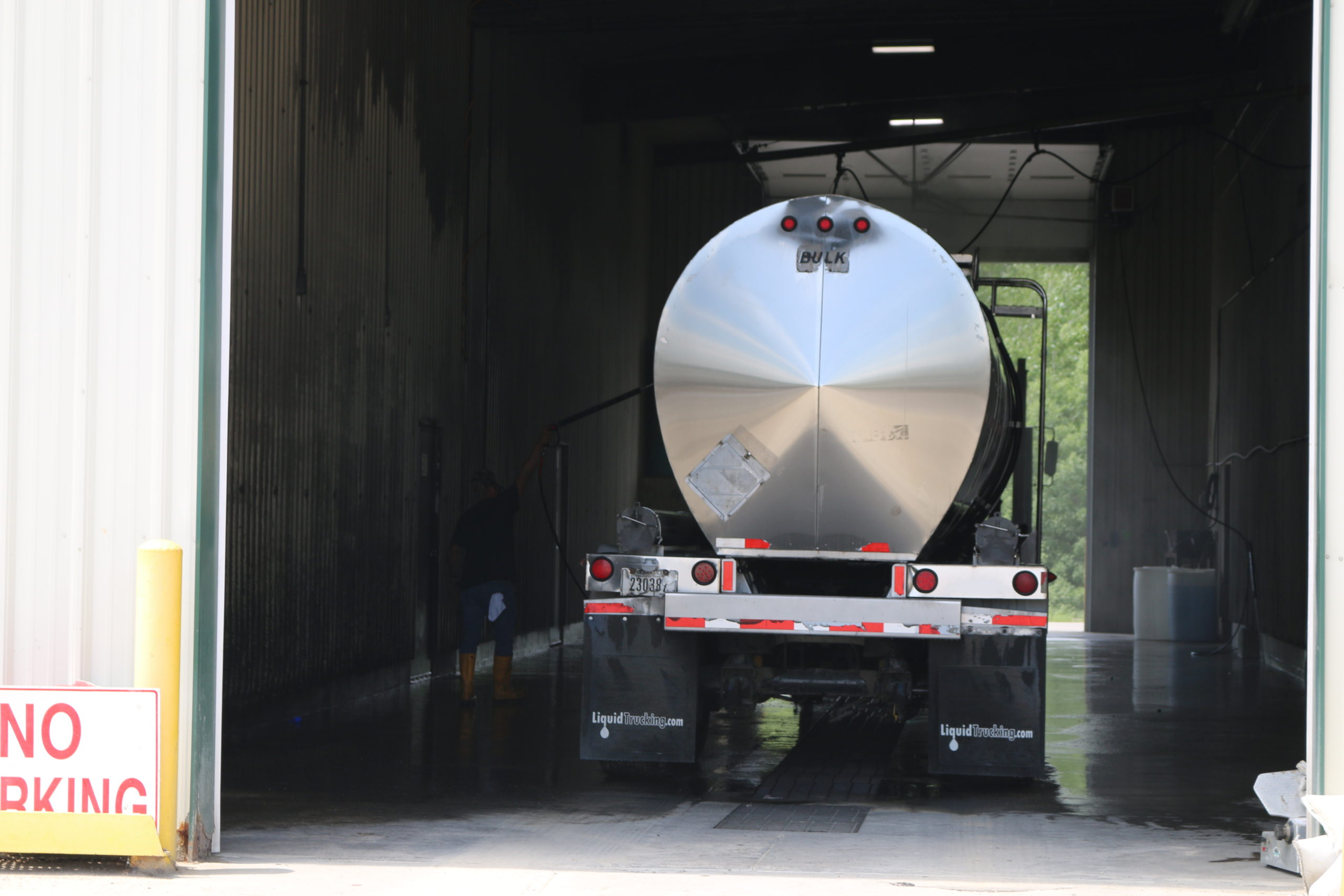Of the many things that make liquid and dry bulk transportation different than simple dry-van transportation, one of the biggest headaches for many carriers and shippers are tank washes. This is important because it can prevent contamination between different loads. Unfortunately, for many companies, it requires extra cost and time for many bulk shipments. Looking at what goes into tank washes can help you come up with different ways of making it less difficult for you.
About Tank Washes
Whether it is a dry or a liquid bulk shipment, and whether you are shipping chemicals or food-grade products, the equipment you use to transport each of the products needs to be both washed and dried before you can use it again to move another product. This will happen at a wash rack at a tank wash facility.
Depending on the product, you might be able to get away with a simple detergent wash using steam and pressurized water. Sometimes, you might need to have a caustic wash, too. But for tougher products that might happen to cling to your tank or stick to the valves and crevices, you will need to have a more extensive wash. Someone will have to go inside the tank and scrub it if necessary.
You might also need to have a conversion wash for dry bulk shipments. This type of wash involves removing the pipe that runs along the bottom of your trailer. The fittings will also be removed, and then someone will clean the trailer to get rid of any stray particles. On average, you can expect your wash to take at least two hours, and a conversion wash might take as much as three hours.
Why It Can Be Hard
One of the main reasons that tank washing can be troublesome is that it makes your project take a lot longer. If you have a dry van load, you can unload at the delivery point, load up again, and continue on. But with bulk shipping, you have to look for a wash rack before getting another load. That can cause you to go off of the route and waste time.
There might not be many wash racks in some areas. Plus, some wash racks only do certain kinds of materials, and they might not do hazardous chemicals. So, then you would have to go out of your way to find an appropriate place. Unfortunately, even if there are wash racks, you can’t always unload, have it cleaned, and load up again on the same day.
Of course, drivers will need to wait in line at the wash rack since there are often only a few washing bays. That can also add several hours to your wait time. In some cases, even after having a wash, you might be told at the loading site that the cleanliness of the tank does not meet the standards of the loader. Then, you have to get it washed out again. Plus, many drivers are no longer allowed to climb to the top of the truck and inspect the trailer before leaving because of safety concerns. Both wash facilities and carriers often do not allow this, especially because of insurance and liability reasons.
Closing Thoughts on Tank Washes
While tank washing is important, it can also be time-consuming. Luckily, working with the right trucking company can mitigate some of these challenges. Liquid Trucking is proud to offer full-service tank washes in Plattsmouth and South Sioux City. Simply let us know when you’re on your way at 844-GO-TANKS, so we can ensure your wash is as easy and efficient as possible!
